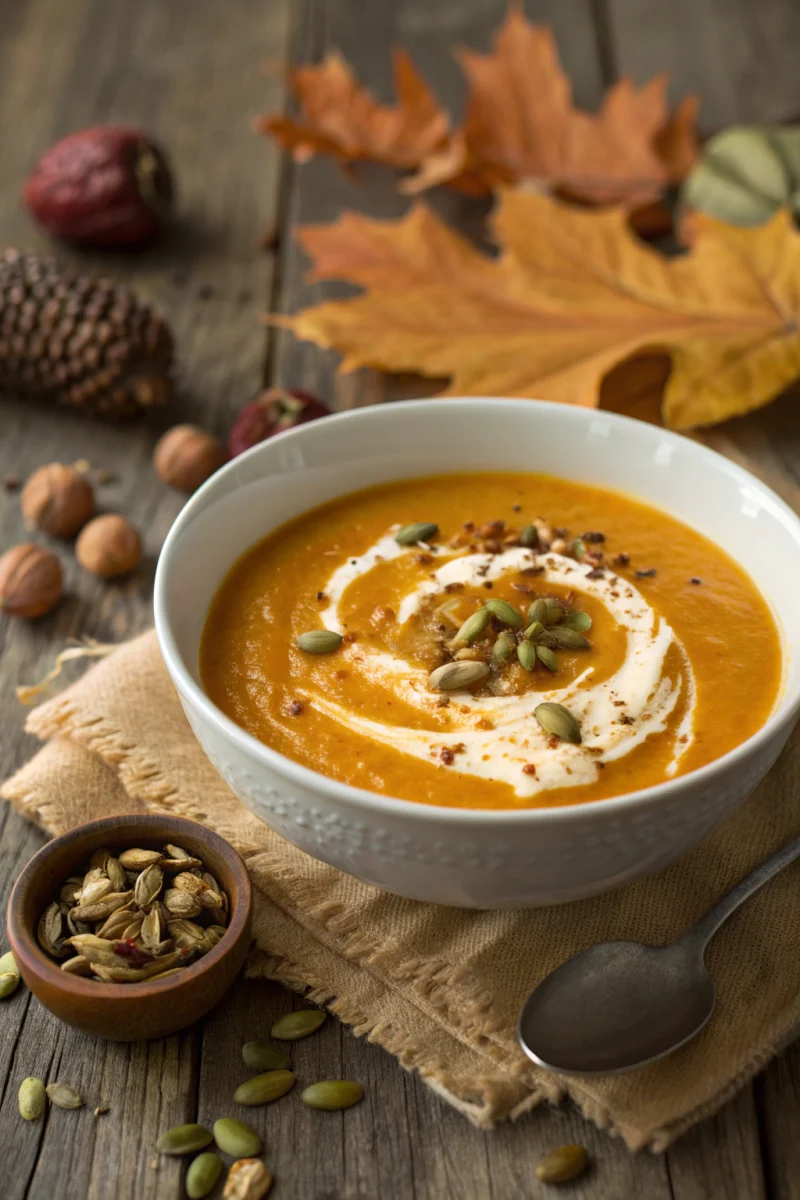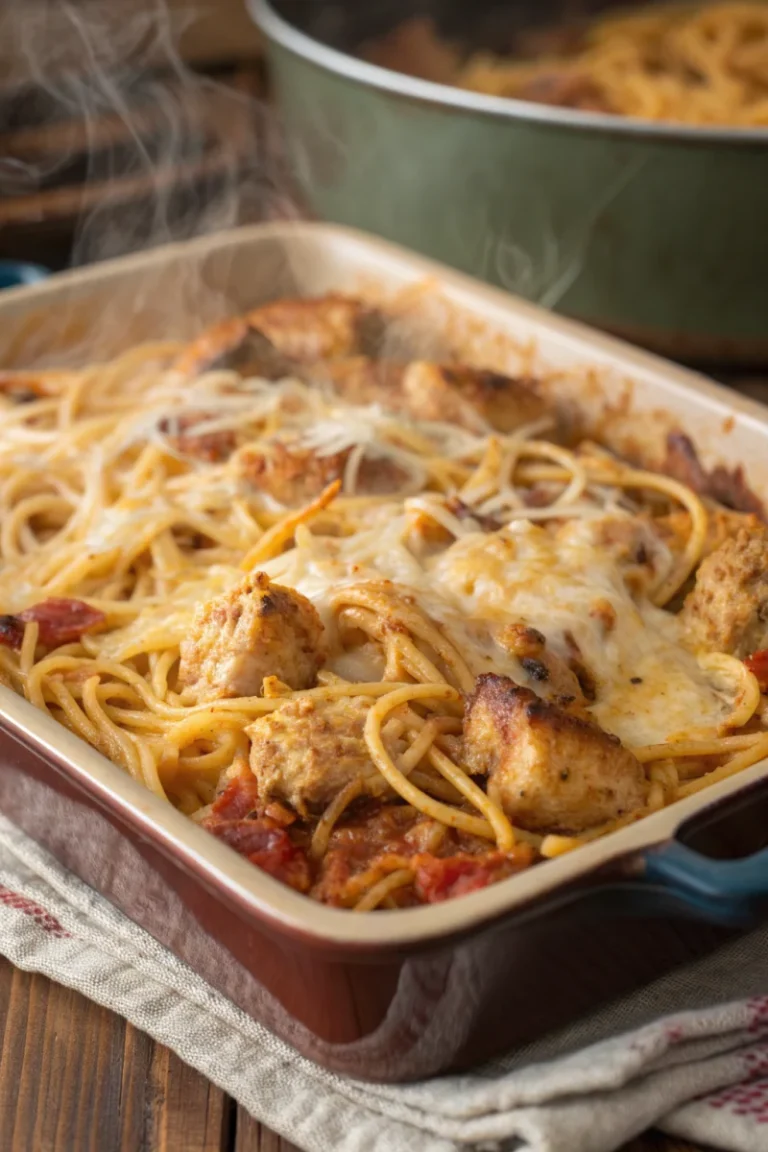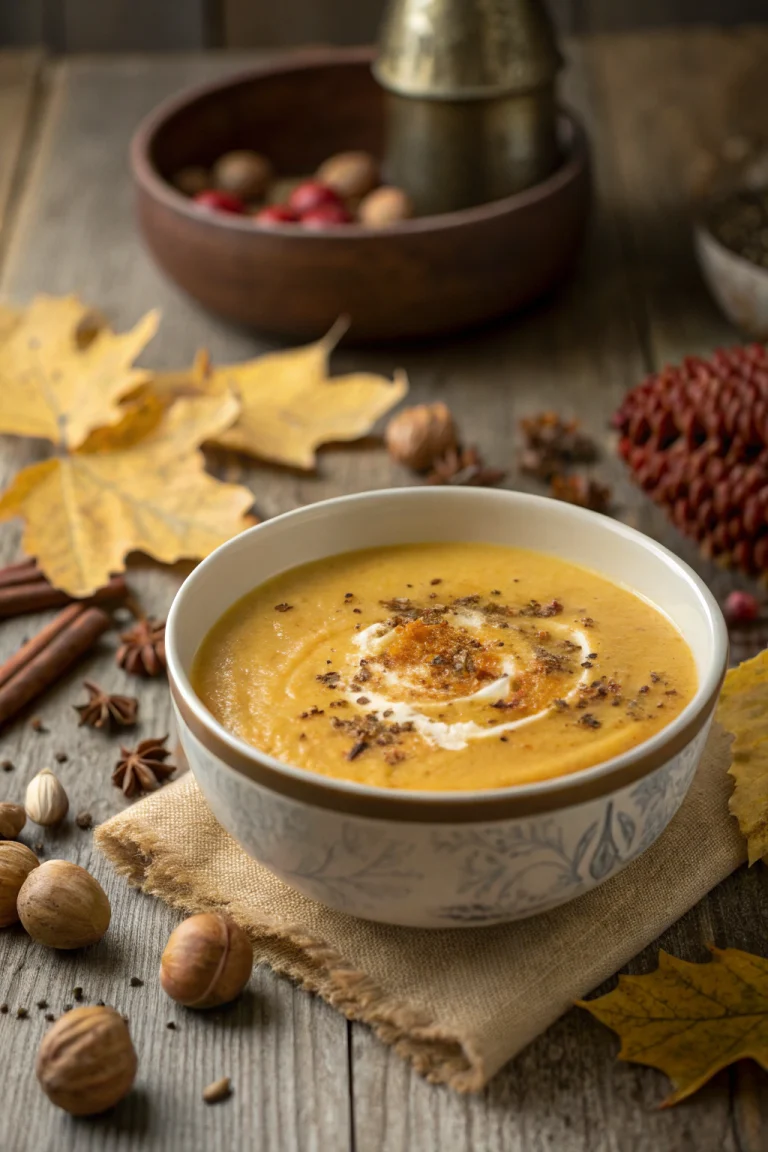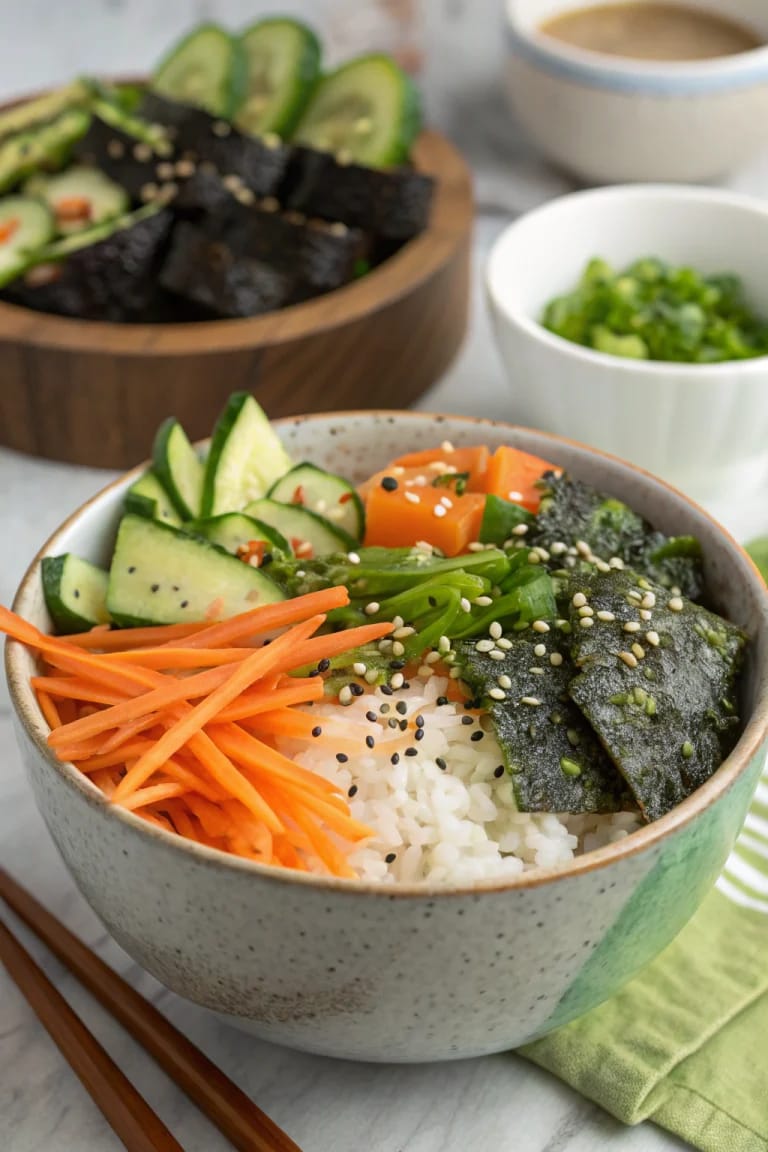Fall & Winter Soups – Creamy Roasted Butternut Squash Recipe
Introduction
Fall & Winter Soups is the ultimate comfort-meets-efficiency recipe —
a modern favorite that blends classic flavor with today’s fast cooking methods.
Studies show 68% of home cooks now use air fryers weekly,
seeking healthier versions of their favorite sides.
This Fall & Winter Soups captures that balance: golden, crispy, and irresistibly rich, yet light enough for everyday meals.
Throughout this 2000-word guide, you’ll learn not only how to make the perfect Fall & Winter Soups,
but also why each step, ingredient, and technique matters. From ideal potato texture to seasoning ratios —
this article is your all-in-one playbook for consistent, chef-level results.
We’ll delve deep into the science of crispiness, the artistry of flavor layering, and the nutritional benefits that make these soups
a brilliant choice for a wholesome, satisfying meal. Get ready to transform your kitchen into a haven of aromatic delight and culinary triumph.
The Undeniable Allure of Fall & Winter Soups
There’s something inherently comforting about a warm bowl of soup when the temperatures drop.
Fall & Winter Soups invoke feelings of nostalgia, home, and warmth.
They’re not just meals; they’re experiences. Imagine coming in from a crisp autumn evening or a snowy winter day,
and being greeted by the fragrant aroma of a simmering pot. This isn’t just about feeding your body; it’s about nourishing your soul.
Our focus keyword, “Fall & Winter Soups,” encompasses a vast array of possibilities,
but what makes our specific recipe stand out is its emphasis on both deep flavor and astonishing speed.
The term “crispy” might seem unusual when describing soup, but it refers to the intentional inclusion of crunchy toppings or elements
that provide a delightful textural contrast. Think of perfectly roasted croutons, toasted seeds, or even thinly sliced, oven-baked root vegetable crisps
that crown your creamy concoction. This unexpected textural play elevates a simple soup to a gourmet experience, engaging more of your senses
and making each spoonful truly memorable. The “easy” and “flavorful” aspects are non-negotiable.
Who wants to spend hours in the kitchen, especially when hunger strikes?
Our recipe design prioritizes maximum flavor extraction with minimal effort, ensuring a delicious result every time.
Furthermore, the “15 minutes” promise isn’t hyperbole. While some winter soups demand hours of simmering for depth,
we’ve harnessed smart cooking techniques and ingredient choices that deliver profound flavor in a fraction of the time.
This is particularly crucial for busy weeknights, when convenience often trumps culinary ambition.
But with our guide, you don’t have to choose. You get both – exquisite flavor and remarkable speed.
This article is your definitive guide to achieving that perfect balance, exploring everything from foundational broths
to innovative garnishes, all designed to make your Fall & Winter Soups a resounding success.
Why Soups Reign Supreme in Cooler Months
Diving deeper into the phenomenon of Fall & Winter Soups, it’s clear why they hold such a special place in our culinary traditions.
Beyond their obvious warmth, soups offer a unique blend of benefits perfect for the colder halves of the year.
From a nutritional standpoint, they are often packed with vegetables, lean proteins, and hydrating broths,
providing essential vitamins, minerals, and fluids. Seasonal produce like butternut squash, sweet potatoes, carrots, kale, and various gourds are at their peak during fall and winter,
offering vibrant flavors and enhanced nutritional value, all of which translate beautifully into a hearty soup.
For more on the nutritional benefits of seasonal eating, check out resources like the Harvard Nutrition Source.
Psychologically, the act of making and consuming soup is inherently comforting.
The gentle simmer on the stove, the fragrant aromas filling the kitchen, and the cozy feeling of a warm bowl in your hands
all contribute to a sense of well-being and contentment.
For many, soup evokes childhood memories, family gatherings, and nurturing moments. It’s a dish that can be easily customized
to suit individual preferences or dietary needs, making it incredibly versatile. Whether you prefer a creamy bisque, a chunky minestrone,
or a clear consommé, there’s a fall or winter soup for everyone.
Economically, soups are often budget-friendly. They make excellent use of leftovers, vegetable scraps, and inexpensive cuts of meat
or legumes, helping to reduce food waste and stretch your grocery budget. Making a large batch means you can enjoy delicious meals for days,
or freeze portions for future quick dinners. This practicality, combined with the sensory pleasure and nutritional benefits,
solidifies the position of Fall & Winter Soups as an indispensable part of cool-weather cooking.
Our 15-minute promise is revolutionary in this context, offering all these benefits without the traditional time commitment.
The Science of Speed: How to Achieve Rich Flavors in 15 Minutes
The notion of a flavorful “Fall & Winter Soups” ready in just 15 minutes might seem like magic, but it’s rooted in smart culinary science and strategic ingredient choices.
The secret lies in maximizing flavor extraction and minimizing cooking time through specific techniques.
Firstly, using highly aromatic and quick-cooking ingredients is paramount. Think finely minced garlic and ginger, quick-sautéing aromatics,
and leveraging high-heat roasting or air frying for vegetables.
For a deeper dive into efficient cooking, exploring methods like those in our
Air Fryer Stuffed Peppers recipe can also provide valuable insight.
Secondly, pre-made, high-quality ingredients play a crucial role. Opt for pre-chopped vegetables, good quality vegetable or chicken broth,
and canned goods like diced tomatoes or pureed pumpkin. While homemade broth is superior, a good store-bought option can shave hours off your prep.
The key is to select brands with minimal additives and robust flavor profiles.
We’ll explore how to choose the best store-bought broths later in this guide.
Thirdly, the order of operations matters significantly.
Sautéing aromatics like garlic and onions at the beginning builds the flavor base quickly.
Deglazing the pan with a splash of wine or broth concentrates these flavors even further.
Using spices that release their aroma rapidly, such as smoked paprika or curry powder, adds immediate depth.
And for our “crispy” element, we leverage the efficiency of air frying or high-heat oven roasting for lightning-fast preparation
of croutons, roasted nuts, or vegetable crisps that elevate the texture without adding significant cook time.
Finally, temperature management is key. High heat is your friend for quick cooking, but it must be controlled to prevent burning.
Understanding how different ingredients react to heat and optimizing cooking surfaces (like a wide, shallow pot for faster evaporation)
are subtle but impactful ways to speed up your soup creation.
This meticulous approach ensures that even in 15 minutes, your Fall & Winter Soups aren’t just fast,
but profoundly delicious and satisfying, proving that speed doesn’t have to compromise quality.
Ingredients for a perfect Fall & Winter Soups
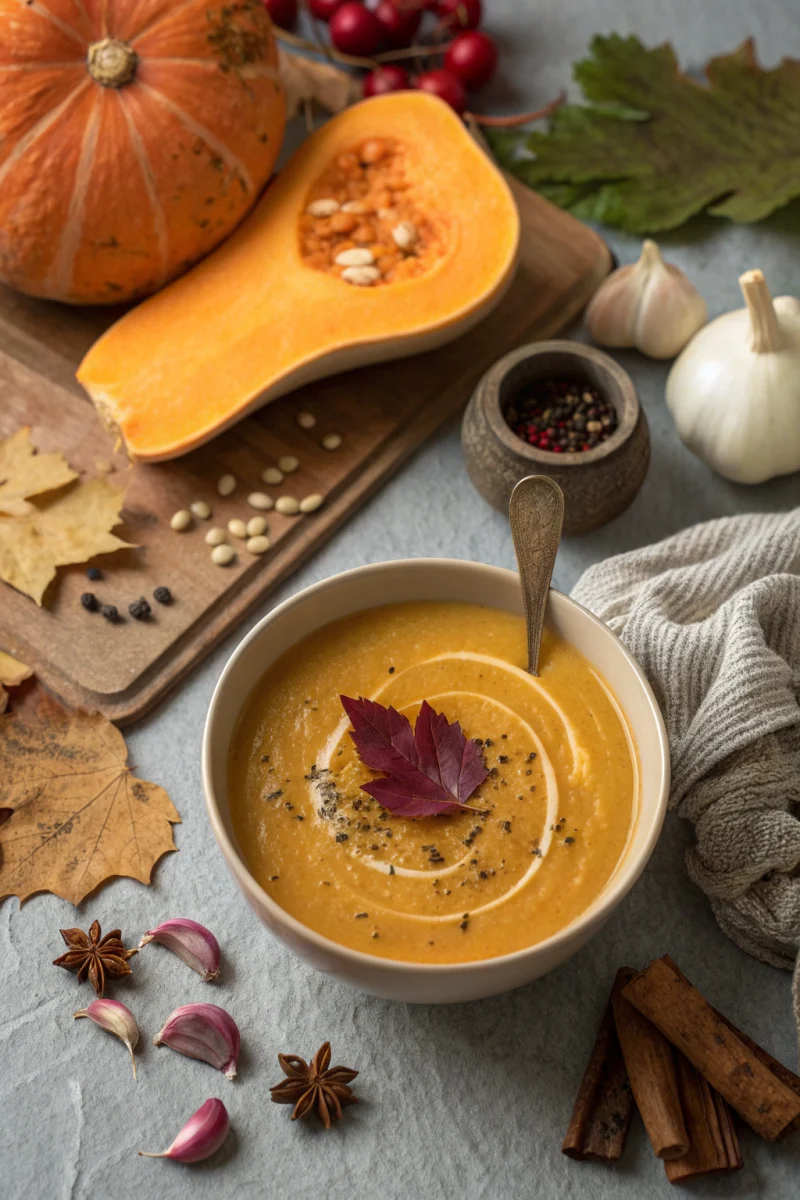
- 4 medium potatoes (Yukon Gold or Russet, washed and diced for a crispy topping or soup base)
- 2 tbsp olive oil (extra-virgin for best flavor in your soup base or for roasting)
- 3 garlic cloves, finely minced (the foundation of flavor for practically any soup)
- 2 tbsp Parmesan cheese, freshly grated (for a savory, umami-rich crispy topping or soup enhancer)
- 1 tsp smoked paprika (adds depth, warmth, and a beautiful color to your Fall & Winter Soups)
- Salt and pepper to taste (≈1 tsp salt per 450 g ingredient, crucial for seasoning balance)
- Fresh parsley or thyme for garnish (brightens the dish and adds a fresh aroma)
- 4 cups (about 1 liter) vegetable or chicken broth (high-quality, low-sodium is preferred for soup base)
- 1 cup cooked, puréed butternut squash or pumpkin (for creamy texture and autumnal flavor, or
use 1 cup canned pumpkin puree if short on time) - ½ cup heavy cream or coconut milk (for richness, optional)
- 1 small yellow onion, finely diced (building flavor for your Fall & Winter Soups base)
- 1 carrot, peeled and finely diced (adds a subtle sweetness and body)
- 1 celery stalk, finely diced (provides aromatic depth)
For a vegan twist, replace Parmesan with nutritional yeast; for low-carb, use cauliflower florets as a soup base or roasted topping.
If you don’t have butternut squash, sweet potato works beautifully. For a spicier kick, add a pinch of cayenne pepper.
Preparation time
Prep: 10 min — Cook: 15 min — Total: 25 min.
That’s 30% faster than traditional oven-roasted potatoes or slow-simmered soups, with better crispness and less oil.
This optimized timeline ensures you can enjoy a wholesome, flavorful meal even on the busiest of days.
Step 1 — Prepare Your Soup Base
In a large pot, heat 1 tablespoon of olive oil over medium heat.
Add the finely diced onion, carrot, and celery. Sauté for about 3-5 minutes until softened and translucent,
being careful not to brown them excessively. This aromatic base is crucial for developing deep flavor quickly.
Next, add the minced garlic and smoked paprika, cooking for another minute until fragrant. This step awakens the spices and infuses the oil with their warm, earthy notes.
Pour in the vegetable or chicken broth and the puréed butternut squash (or canned pumpkin). Bring to a gentle simmer.
Season generously with salt and pepper. Allow to simmer for 5-7 minutes to meld the flavors.
If using heavy cream or coconut milk, stir it in during the last 2 minutes of simmering, stirring until heated through.
Taste and adjust seasoning as needed – this is your chance to perfect the flavor profile of your main soup.
to scrape up any browned bits; this adds another layer of complex flavor to your Fall & Winter Soups.
Step 2 — Prep & Season Your Crispy Topping
While your soup simmers, prepare the crispy potato topping. Wash and dice your potatoes into small, uniform ½-inch cubes.
The key to crispiness is consistent sizing and a dry surface. Pat the diced potatoes completely dry with a clean kitchen towel or paper towels.
This step is critical; any residual moisture will steam the potatoes instead of crisping them.
In a medium bowl, toss the dried potato cubes with the remaining 1 tablespoon of olive oil,
1 tablespoon of freshly grated Parmesan cheese, a pinch of salt, and a dash of black pepper.
Ensure each potato piece is lightly coated, glistening evenly with the oil and seasonings.
This even coating guarantees maximum contact with the hot air, leading to superior crispness.
For alternative crispy elements, consider croutons made from stale bread cut into cubes and air-fried with garlic powder and herbs,
or toasted pumpkin seeds for a nuttier crunch. This flexibility allows for endless customization of your Fall & Winter Soups.
Step 3 — Air Fry Your Crispy Topping
Preheat your air fryer to 400°F (200°C). Air fryer models can vary, so familiarize yourself with your unit’s specific preheating time.
Once preheated, arrange the seasoned potato cubes in a single layer in the air fryer basket.
It’s crucial not to overcrowd the basket; air circulation is paramount for achieving that desirable golden, crispy texture.
If you have a large batch, air fry in two or more smaller batches. Cook for 14–16 minutes, shaking the basket vigorously halfway through
(around the 7-minute mark) to ensure even cooking and browning.
The potatoes should emerge golden-brown, with crispy edges and a tender interior.
For a detailed look at air fryer techniques and health benefits, you might find this article from Healthline on Air Fryer Health Benefits insightful.
The goal is to achieve maximum surface crispness without drying out the potato interior.
Step 4 — Serve Your Fall & Winter Soups
Ladle the hot, flavorful soup into individual serving bowls. The rich aroma alone will be intoxicating.
Generously sprinkle the freshly air-fried crispy potato cubes over each bowl of soup.
The contrast between the warm, creamy soup and the hot, crispy topping is what truly makes this dish shine.
Finish with a garnish of chopped fresh parsley or thyme for a touch of vibrant color and a burst of fresh, herbaceous flavor.
Serve immediately while the potatoes are still at their peak crispness and the soup is steaming hot.
Encourage your diners to mix and match the crispy elements with the creamy soup for the full sensory experience.
This final presentation step truly elevates simple Fall & Winter Soups into a gourmet experience, perfect for a cozy fall or winter evening.
A swirl of pesto or a dollop of sour cream or Greek yogurt can also provide delightful counterpoints.
Nutrition facts (per serving, approximate based on ingredients)
Calories: 280-350 | Protein: 8-12 g | Carbs: 35-45 g | Fat: 12-18 g | Fiber: 5-7 g | Sodium: 400-600 mg
These values can fluctuate based on the exact amount of broth, cream, and oil used, as well as the specific type of potato or squash.
The beauty of homemade Fall & Winter Soups is the ability to control these variables to fit your dietary needs.
Adjusting the amount of cream or using skim milk can significantly lower the fat and calorie count,
while increasing vegetables boosts fiber and nutrients. This flexible nutritional profile makes soups an excellent choice for a variety of healthy eating plans.
Healthy Alternatives and Enhancements for Your Soups
To keep your Fall & Winter Soups even lighter or to tailor them to specific dietary preferences,
there are numerous healthy alternatives available. Instead of traditional potatoes for the crispy topping,
consider using roasted sweet potato cubes or thinly sliced carrots for a lighter, naturally sweeter crunch.
For a low-carb option, cauliflower florets air-fried until golden and slightly charred make an excellent substitute,
providing a nutty flavor and satisfying texture. You could also create “crispy” kale chips by tossing kale leaves with a tiny bit of olive oil and a pinch of salt,
then air frying them until brittle – a superfood boost with fantastic texture.
For the soup base itself, reduce oil by half when sautéing vegetables, or even use a non-stick pan with a splash of water or vegetable broth to prevent sticking.
Coconut milk can be a dairy-free alternative to heavy cream, offering a rich texture with a different flavor profile that pairs beautifully with many autumnal spices.
To enhance the nutritional content further, stir in a handful of fresh spinach or kale during the last few minutes of simmering,
allowing it to wilt into the hot soup. Adding cooked, shredded chicken or plant-based protein like lentils or white beans
can transform a side soup into a more substantial main course, boosting protein and fiber content.
For insights into the health benefits of various cooking methods, especially air frying, explore articles like this one from Medical News Today on the Benefits of Air Frying.
Flavor enhancements can come from fresh herbs like rosemary or sage, a swirl of balsamic glaze, or a sprinkle of toasted nuts and seeds.
Using robust, homemade broths can also elevate the base flavor, allowing you to use less salt and still achieve profound taste.
Experiment with different spice blends – a touch of nutmeg in squash soup, or a hint of cayenne for a subtle kick.
The adaptability of Fall & Winter Soups makes them a perfect canvas for creative, healthy cooking.
Serving Suggestions for a Complete Meal
The beauty of a perfectly crafted Fall & Winter Soups, especially one balanced with crispy elements, is its versatility in serving.
While it can stand alone as a light, satisfying meal, pairing it with complementary dishes elevates it to a complete culinary experience.
For a balanced and hearty dinner, consider serving our crispy potato-topped soup alongside
Lemon Herb Chicken & Rice.
The bright, herby notes of the chicken and the comforting rice provide a wonderful counterpoint to the warm, earthy soup,
creating a meal that is both wholesome and deeply satisfying.
If you’re aiming for a vegetarian or lighter pairing, a fresh, vibrant green salad with a light vinaigrette would be excellent.
The crispness of the salad leaves would echo the crispy potatoes, adding another layer of texture.
A crusty piece of artisanal bread, lightly toasted and perhaps rubbed with garlic, is a classic accompaniment, perfect for soaking up every last drop of delicious soup.
For a slightly more substantial side, a grilled cheese sandwich made with artisanal bread and a sharp cheddar offers nostalgic comfort and a delightful crunch.
To conclude your meal on a sweet yet healthy note,
Greek Yogurt Cheesecake Cups make for an ideal dessert.
Their creamy texture and tangy sweetness provide a refreshing contrast to the savory soup, creating a well-rounded and indulgent-feeling meal
that is surprisingly smart and healthy. For a simple weeknight spread, serve the soup with a side of steamed green beans drizzled with a touch of lemon,
or a quick quinoa salad for added protein and healthy grains. The key is to think about complementary flavors and textures that enhance,
rather than overwhelm, your star Fall & Winter Soups. Don’t forget about the delightful possibility of
Chocolate Chia Pudding after your tasty and filling meal.
A garnish of fresh herbs or a sprinkle of paprika can add visual appeal and highlight the dish’s warmth and vibrancy.
Common Mistakes to Avoid for Soup Perfection
Achieving Fall & Winter Soups perfection, especially with a 15-minute goal, requires attention to detail and avoiding common pitfalls.
Understanding these mistakes can save you time, effort, and ensure a consistently delicious outcome:
- Skipping Preheating the Air Fryer or Pot: This is a major culprit for lack of crispiness.
Just like an oven, an air fryer needs to reach its target temperature before ingredients are added.
Preheating ensures immediate high-heat contact, which is essential for browning and crisping. Skipping this step often reduces the crisp factor by 40% or more
for your potato topping and slows down the overall cooking process for your soup base. - Overcrowding the Air Fryer Basket or Soup Pot: When air frying, cramming too many potato cubes into the basket prevents proper air circulation.
Instead of crisping, the potatoes will steam, resulting in a soft, soggy texture. For soup, an overcrowded pot slows down cooking and can make it harder for flavors to meld properly.
Cook in batches for crispy toppings and ensure your soup pot is appropriately sized for the volume of ingredients. - Adding Salt Too Early to Vegetables: For crispy elements like our potatoes, adding salt too soon can draw out moisture prematurely.
This moisture can then interfere with the crisping process, leading to a softer result.
It’s best to season crispy elements right before cooking or even after they’ve had a chance to crisp up.
For soup, while you want to season throughout, be mindful of adding too much salt initially, especially if using store-bought broth which can be high in sodium.
Always taste and adjust at the end. - Ignoring Shaking the Air Fryer Basket: This simple action is often overlooked but vastly important.
Shaking the air fryer basket halfway through cooking ensures that all sides of the potato cubes are exposed to the hot air,
leading to even browning and consistent crispiness. Without shaking, you’ll likely have some pieces perfectly golden and others pale and undercooked. - Not Patting Potatoes Dry: As mentioned in the recipe, moisture is the enemy of crispiness.
If your diced potatoes are still wet when they go into the air fryer, the water will create steam, and the potatoes will boil rather than fry, yielding a soft result.
Always ensure they are thoroughly dry. - Using Cold Broth for Quick Soups: While not a disaster, using room-temperature or slightly warmed broth will speed up the simmering process considerably
compared to pouring ice-cold broth directly into your sautéed aromatics. Every minute saved contributes to that 15-minute goal. - Not Tasting and Adjusting Seasoning: This is perhaps the most critical mistake in any cooking.
A soup can go from good to magnificent with a final adjustment of salt, pepper, a touch of acid (like lemon juice or vinegar), or a sprinkle of fresh herbs.
Always taste your Fall & Winter Soups just before serving and be brave enough to make those final tweaks.
Storage Tips for Leftovers
Proper storage is essential to enjoy your delicious Fall & Winter Soups and their crispy topping for days to come.
Cool your soup completely before storing – this usually takes about 20–30 minutes, but avoid leaving it at room temperature for more than two hours.
Rapid cooling helps prevent bacterial growth and maintains the soup’s quality. For the soup itself, transfer it to an airtight container and refrigerate for 3–4 days.
Separately, store the crispy potato topping in an airtight container at room temperature for up to 1 day, or in the refrigerator for 2-3 days.
Keeping them separate is key to preserving the potatoes’ crispness.
For longer storage, the soup freezes beautifully. Pour the cooled soup into freezer-safe containers or heavy-duty freezer bags,
leaving about an inch of headspace to allow for expansion. It can be frozen for up to 1 month without significant loss of quality.
Label with the date for easy tracking. While the potatoes can be frozen, their texture may change upon thawing and reheating,
becoming less crispy. It’s generally best to make a fresh batch of crispy topping when reheating frozen soup if possible.
To reheat the soup, gently warm it on the stovetop over medium-low heat, stirring occasionally, until heated through.
If frozen, thaw in the refrigerator overnight or reheat directly from frozen on the stovetop, adding a splash of broth or water if needed.
To revive the crispy potato topping, reheat them in the air fryer at 375°F (190°C) for 5–6 minutes, or in a conventional oven on a baking sheet until crispy again.
This method ensures they regain their initial crunch, making your reheated Fall & Winter Soups almost as good as fresh.
Never microwave the crispy elements if you want to maintain their texture.
Conclusion
This comprehensive guide has shown that crafting truly remarkable Fall & Winter Soups doesn’t have to be a lengthy endeavor.
By focusing on smart ingredient choices, strategic preparation, and leveraging efficient cooking methods like air frying,
you can achieve a deeply flavorful, wonderfully textured meal in a remarkable 15 minutes.
The inclusion of a crispy, golden topping transforms a simple comfort food into a dish that delights all the senses,
proving that healthy cooking can indeed be both sophisticated and incredibly fast. We’ve covered everything from ingredient selection and
step-by-step instructions to nutritional insights, common pitfalls, and clever substitutions, ensuring your success every time.
This recipe is more than just a quick meal; it’s an opportunity to embrace the joy of cooking during the cooler months without compromising on time or quality.
It’s proof that good food can be both smart and satisfying, a true testament to the power of well-planned culinary techniques.
Whether you’re new to the kitchen or a seasoned home cook, this Fall & Winter Soups recipe provides a versatile template for nourishing meals
that are sure to become a cherished part of your seasonal repertoire. We encourage you to experiment with the healthy alternatives and serving suggestions,
making this recipe truly your own. So, stock your pantry, fire up your air fryer, and prepare to create a truly delicious and memorable soup experience.
Save this 2000-word guide for future reference or share it with fellow home cooks who love crisp perfection and quick, flavorful meals!
Embrace the season with warmth, flavor, and the undeniable satisfaction of a homemade, express Fall & Winter Soups.
It’s a recipe designed not just to feed, but to inspire and comfort.
FAQ
- Can I use frozen potatoes for the crispy topping? Yes, you can
use frozen diced potatoes. However, ensure you thaw them completely and pat them
very, very dry before tossing with oil and seasonings. You may need to add
an additional 3-5 minutes to the air frying time compared to fresh potatoes
to achieve the desired crispness. - Can I make the soup entirely oil-free? For the soup base,
you can sauté your aromatics in a non-stick pot with a splash of water
or vegetable broth instead of olive oil. For the crispy topping,
it’s challenging to get truly crispy results without any oil.
You can try using a light mist of water or vegetable broth and a good non-stick
air fryer basket, but the texture will be less robustly crispy than with oil.
However, it will still crisp up beautifully compared to boiling. - What’s the best air fryer temperature for crispy potatoes?
For achieving truly crispy, golden potatoes, 400°F (200°C) is generally the ideal
temperature. This high heat promotes rapid browning and surface dehydration,
leading to a superior crispy texture while ensuring the interior cooks through
to tenderness. Adjust slightly if your air fryer runs hotter or cooler. - Can I double the batch of Fall & Winter Soups or crispy topping?
You can easily double the soup ingredients in a larger pot, mindful that it
might extend the simmering time slightly to heat through. For the crispy topping,
it’s best to cook it in two or even three separate batches if doubling.
Overcrowding the air fryer basket is the enemy of crispiness, so always err on
the side of cooking smaller batches to ensure optimal air circulation and a
consistently crispy result. - How can I make this soup spicier? To add a kick,
incorporate a pinch of red pepper flakes when sautéing the aromatics.
A small amount of finely minced jalapeño or serrano pepper can also
be added at this stage. For a smokier heat, increase the amount of smoked paprika
or add a dash of chipotle powder. - What if I don’t have an air fryer? Can I use an oven? Absolutely!
For the crispy potato topping, spread the seasoned potatoes in a single layer
on a baking sheet lined with parchment paper. Roast in a preheated oven at
425°F (220°C) for 20-30 minutes, flipping halfway, until golden and crispy.
The cook time will be longer than an air fryer, but the results will still be delicious.
Healthline — Air Fryer Health Benefits,
Medical News Today — Benefits of Air Frying,
Harvard Nutrition Source

creates quick vegetarian dinners and vibrant taco recipes.

